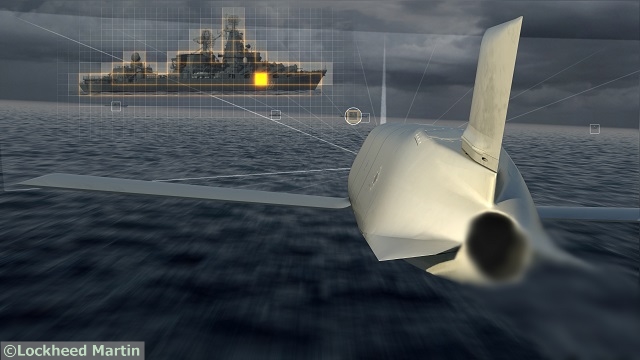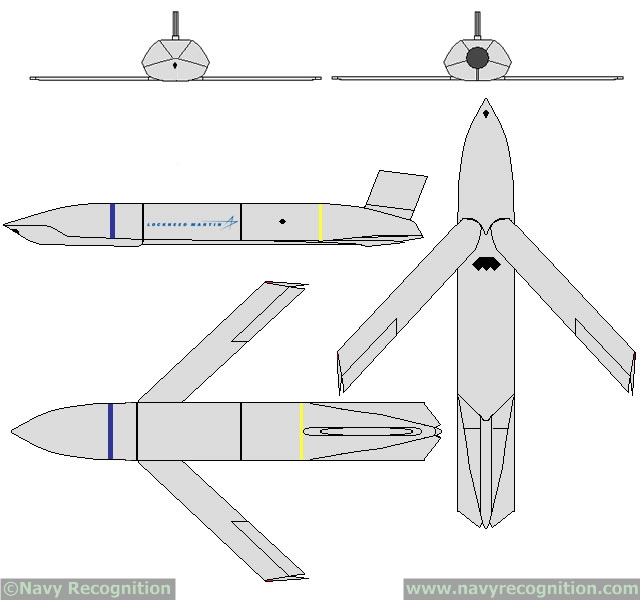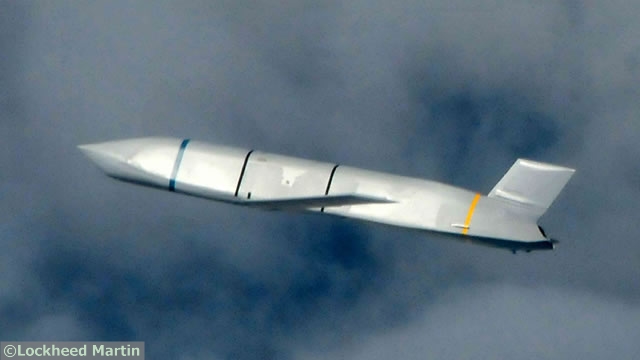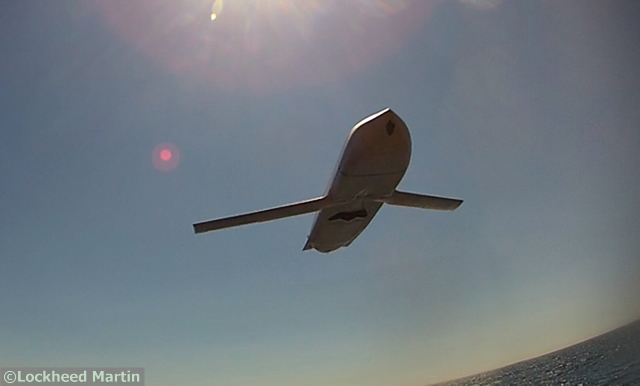| |
||||||||||||||
| a | ||||||||||||||
LRASM
- Long Range Anti-Ship Missile - AGM-158C also known as OASuW Increment 1 / Lockheed Martin / DARPA |
||||||||||||||
 |
||||||||||||||
| |
||||||||||||||
The LRASM (OASuW Increment 1) program aims to reduce dependence on intelligence, surveillance and reconnaissance (ISR) platforms, network links, and GPS navigation in electronic warfare environments. Autonomous guidance algorithms should allow the LRASM to use less-precise target cueing data to pinpoint specific targets in the contested domain. The program also focuses on innovative terminal survivability approaches and precision lethality in the face of advanced counter measures. |
||||||||||||||
| Variants |
||||||||||||||
-
Air launched - Surface launched |
||||||||||||||
| Technical Data | ||||||||||||||
| Design | ||||||||||||||
The
LRASM program began in 2009 to ensure that the United States leads technology
advancement for best-in-world operational Anti-Surface Warfare capability
into the future. LRASM leverages the state-of-the-art AGM-158 Joint
Air to Surface Standoff Missile Extended Range (JASSM-ER) airframe and
incorporates additional sensors and systems to achieve a stealthy and
survivable subsonic cruise missile. |
||||||||||||||
| Features | ||||||||||||||
Armed
with a proven penetrator and blast-fragmentation warhead, LRASM cruises
autonomously, day or night, in all weather conditions. The missile employs
a multi-modal sensor, weapon data link, and an enhanced digital anti-jam
Global Positioning System to detect and destroy specific targets within
a group of ships. LRASM technology reduces dependence on ISR platforms,
network links and GPS navigation in aggressive electronic warfare environments.
This autonomous capability means the weapon can use gross target cueing
data to locate, track and attack its target in denied environments. |
||||||||||||||
| Platforms | ||||||||||||||
|
||||||||||||||
| Sensors | ||||||||||||||
Developed
by BAE Systems, the LRASM advanced long range sensor is designed for
situations where access to the airspace is made difficult for Allied
Forces by the enemy. The sensor uses advanced electronic technologies
to detect targets within a complex signal environment, and then calculates
precise target locations for the missile control unit. Passive RF sensors that allows the missile to both find its way through enemy defenses and pick out the right target to attack. |
||||||||||||||
| Propulsion | ||||||||||||||
| 1x Williams International F107-WR-105 turbofan | ||||||||||||||
| Specifications | ||||||||||||||
|
||||||||||||||
 |
||||||||||||||
 
|
||||||||||||||
LRASM Long Range Anti-Ship Missile AGM-158C OASuW Increment 1 Lockheed Martin DARPA United States US Navy technical datasheet specification pictures photo video
- Posted On






















